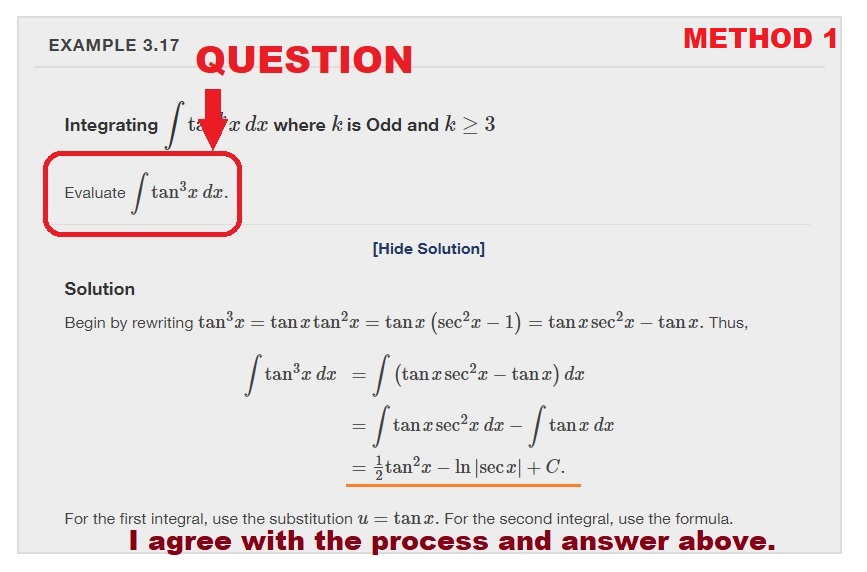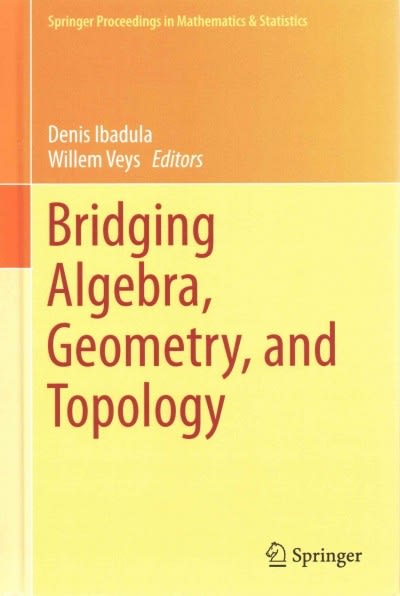Question
Hello dear tutors, Good afternoon. If you see this post, could you please kindly review the two methods of calculations below to explain why their
Hello dear tutors,
Good afternoon. If you see this post, could you please kindly review the two methods of calculations below to explain why their answers are different? Method 1 is from the Calculus 2 textbook, and Method 2 is from the computer calculator.
Moreover, I agree with both methods of calculations because there is nothing wrong with both approaches. Method 1 is to substitute u=tan(x), and Method 2 (Computer's Method) is to substitute u=sec(x).
Although their approaches are both correct, their answers are different! We all know that sec(x) is not equal to tan(x). Could you please kindly help me to check why their answers are different?
Please see the following two attached pictures. Thanks a lot! I am looking forward to your reply.


Step by Step Solution
There are 3 Steps involved in it
Step: 1

Get Instant Access to Expert-Tailored Solutions
See step-by-step solutions with expert insights and AI powered tools for academic success
Step: 2

Step: 3

Ace Your Homework with AI
Get the answers you need in no time with our AI-driven, step-by-step assistance
Get Started


